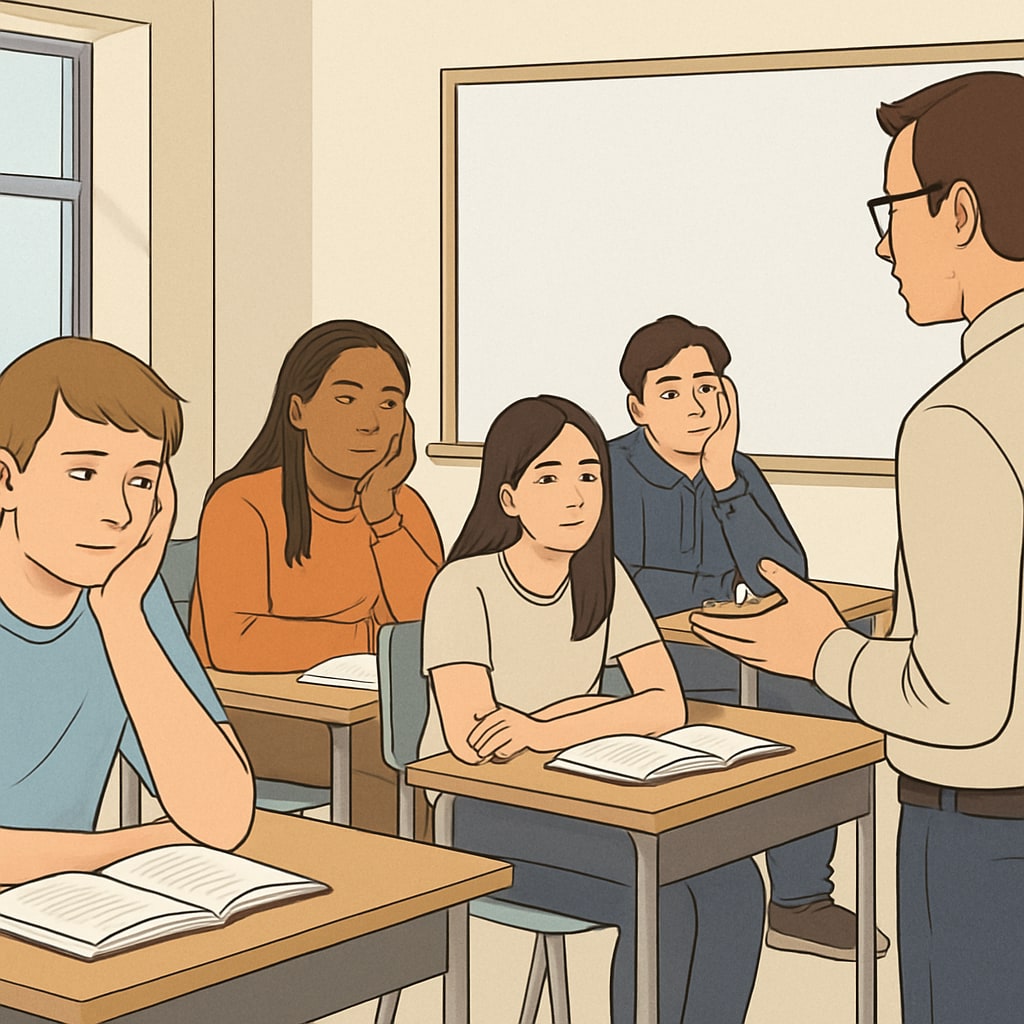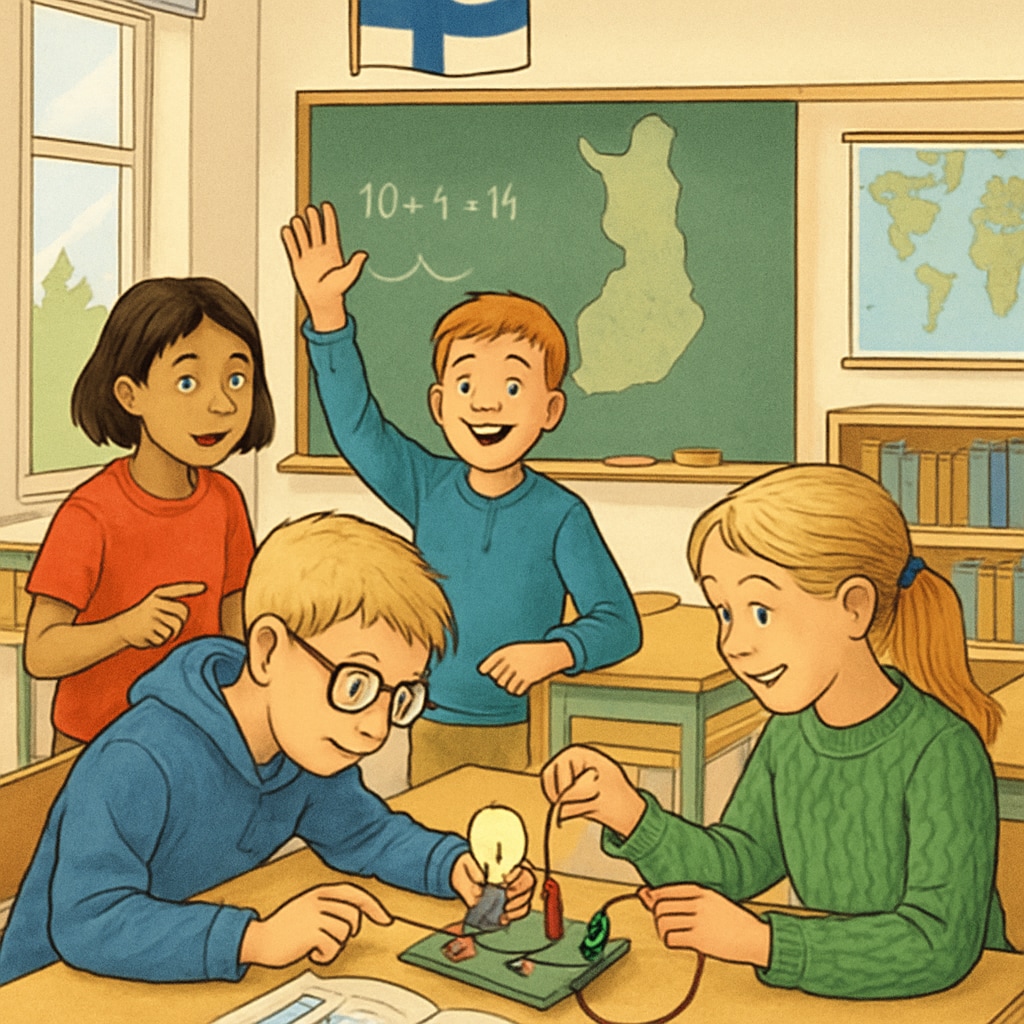“Education boredom,” “student experience,” and “cross-cultural research” are terms that collectively highlight a critical yet often underexplored issue in the global education system. Boredom in classrooms—particularly in K-12 education—has emerged as a universal challenge, cutting across cultural, geographical, and socioeconomic boundaries. Research suggests that a majority of students report feeling bored in school, with this phenomenon becoming more pronounced as they progress through grade levels. This article examines the root causes of classroom boredom, its global prevalence, and the lessons educators can take to create more engaging learning environments.
Understanding the Prevalence of Classroom Boredom
Classroom boredom is not a new phenomenon, but its universality has only recently gained attention through comprehensive cross-cultural research. A 2021 study published in the Encyclopedia Britannica revealed that nearly 60-70% of students worldwide report experiencing boredom during lessons at least once a week. In the United States, a Gallup poll found that only 47% of high school students feel engaged in their coursework. Similarly, studies in countries like Japan, Germany, and India echo these findings, indicating that boredom is not confined to specific education systems or cultures.
Boredom appears to increase with age and grade level. While younger students in elementary school are often more curious and receptive, middle and high school students tend to disengage more frequently. This trend may be attributed to a combination of factors, including repetitive teaching methods, misalignment between curriculum and student interests, and a lack of autonomy in learning.

Key Factors Contributing to Student Boredom
To address the issue of boredom, it’s essential to understand its underlying causes. Research identifies several key contributors:
- Monotonous Teaching Methods: Traditional one-size-fits-all lectures often fail to capture the diverse interests and learning styles of students.
- Overemphasis on Standardized Testing: Excessive focus on test preparation can make learning feel mechanical and uninspiring.
- Lack of Relevance: Students often struggle to connect what they learn in school with real-world applications, leading to disengagement.
- Insufficient Interaction: Limited opportunities for peer collaboration and active participation can make the classroom experience isolating.
These factors are exacerbated in underfunded schools, where limited resources and large class sizes further hinder personalized instruction and student engagement.
Cross-Cultural Insights on Classroom Boredom
One of the most striking aspects of classroom boredom is its global consistency. Cross-cultural studies provide valuable insights into how different education systems grapple with this issue. For instance, in Finland—a country often lauded for its progressive education model—students report lower levels of boredom due to the emphasis on creative, student-centered teaching methods. On the other hand, in countries with rigid curricula and high-stakes exams, boredom levels tend to be higher.
However, there are exceptions. In countries like South Korea, where academic rigor is intense, students often express boredom not due to lack of challenge but because of the overwhelming pressure and lack of intrinsic motivation. These findings underscore the importance of balancing structure with flexibility, rigor with creativity, and teacher-led instruction with student autonomy.

Rethinking Education to Combat Boredom
Addressing classroom boredom requires systemic changes in how education is designed and delivered. Here are some strategies educators and policymakers can consider:
- Incorporating Active Learning: Interactive teaching methods, such as group projects, debates, and hands-on experiments, can make lessons more engaging.
- Personalizing Education: Adapting lessons to align with students’ interests and learning styles can help maintain their curiosity and motivation.
- Connecting Curriculum to Real Life: Demonstrating the practical applications of academic concepts can make learning more meaningful.
- Providing Autonomy: Allowing students to have a say in their learning process, such as choosing project topics, can foster a sense of ownership and engagement.
These changes require not just commitment from individual educators but also systemic reforms, including teacher training, curriculum design, and resource allocation.
Conclusion: Lessons for the Future
The widespread nature of classroom boredom highlights the need for a paradigm shift in education. By leveraging insights from cross-cultural research and focusing on student engagement, educators can transform classrooms into vibrant spaces of curiosity and learning. While this challenge is complex and multifaceted, addressing it is crucial for preparing students to thrive in an increasingly interconnected and rapidly changing world.
Ultimately, tackling boredom is not just about improving academic outcomes—it’s about respecting the diverse needs, interests, and aspirations of every student. Doing so requires a collective effort from educators, policymakers, parents, and students themselves. The classroom of the future must be one where boredom is the exception, not the rule.
Readability guidance: Short paragraphs, active voice, and transitional phrases ensure the content is accessible to a wide audience. Lists and real-world examples help clarify key points. Images are strategically placed to enhance engagement.


